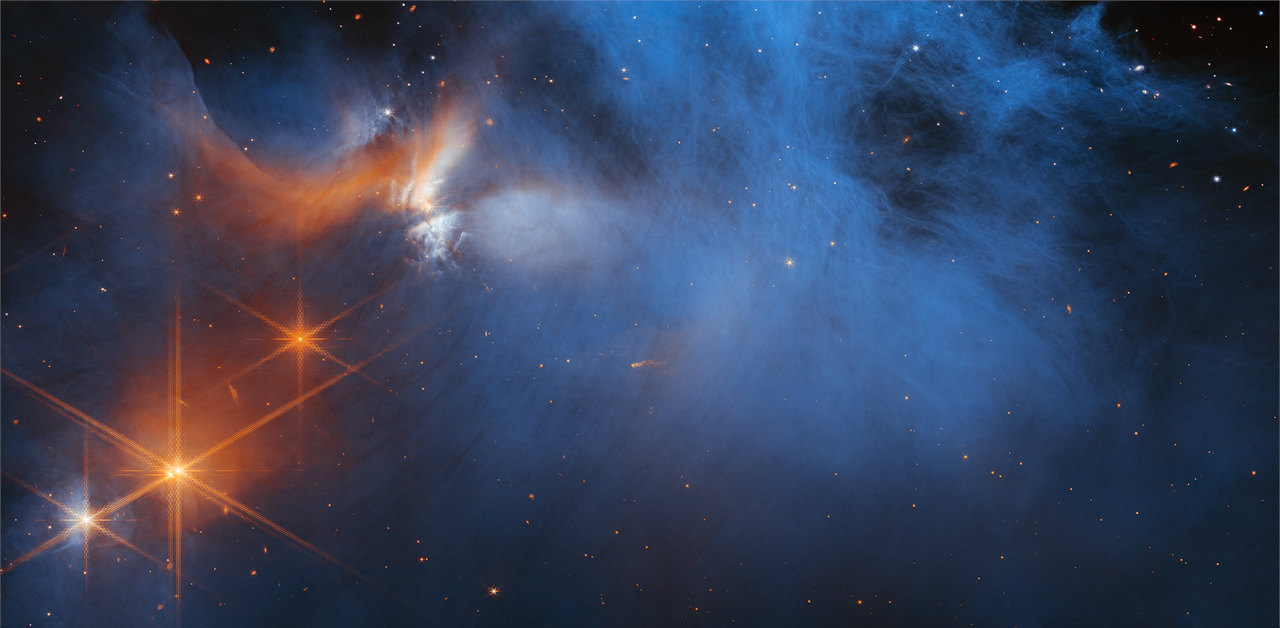curl is actually something which is critical, especially to our data management system. It is being used very widely across NASA.
Dr Steve Crawford
2020
Back in 2020 I started getting emails from NASA asking for details and specifics about curl’s origins and in particular about where contributors to the project works, and I first replied eagerly trying to be helpful, but over time I kept receiving very similar emails from other NASA departments.
2021
It puzzled me, and out of frustration I posted this tweet in April 2021. A tweet that received a lot of attention and more than 3,000 likes.
2023
In a closing keynote at the FOSDEM 2023 conference, Dr. Steve Crawford did a talk titled NASA and Open Source Software (video, slides).
Some 24 minutes in, on slide 28, Dr Crawford shows a screenshot of the above tweet and talks about NASA’s use of curl, and says that piece I quoted at the top.
I was at the FOSDEM 2023 conference, but unfortunately I had to skip the last hour of presentations so I had just left the campus when this talk was held.
It would have been a blast to have been present in the room at that time. Now I instead got an avalanche of messages from friends and acquaintances who notified me about this talk and mention of me, which was of course also fun.
Takeaway
I’m glad NASA is aware of some of their problems and that they listen. It is a comfort that my text was taken with the right attitude. It also feels good that I used the correct tone in that Tweet: I figure it is rarely someone’s actual desire to appear clumsy or bureaucratic, but organizations and companies can easily get trapped in processes that still make them act that way.
Credit
As a celebration of NASA, the top image is taken by NASA’s James Webb Space Telescope’s Near-Infrared Camera (NIRCam) and features the central region of the Chamaeleon I dark molecular cloud, which resides 630 light years away.
Of course, I use a lame downscaled version.



